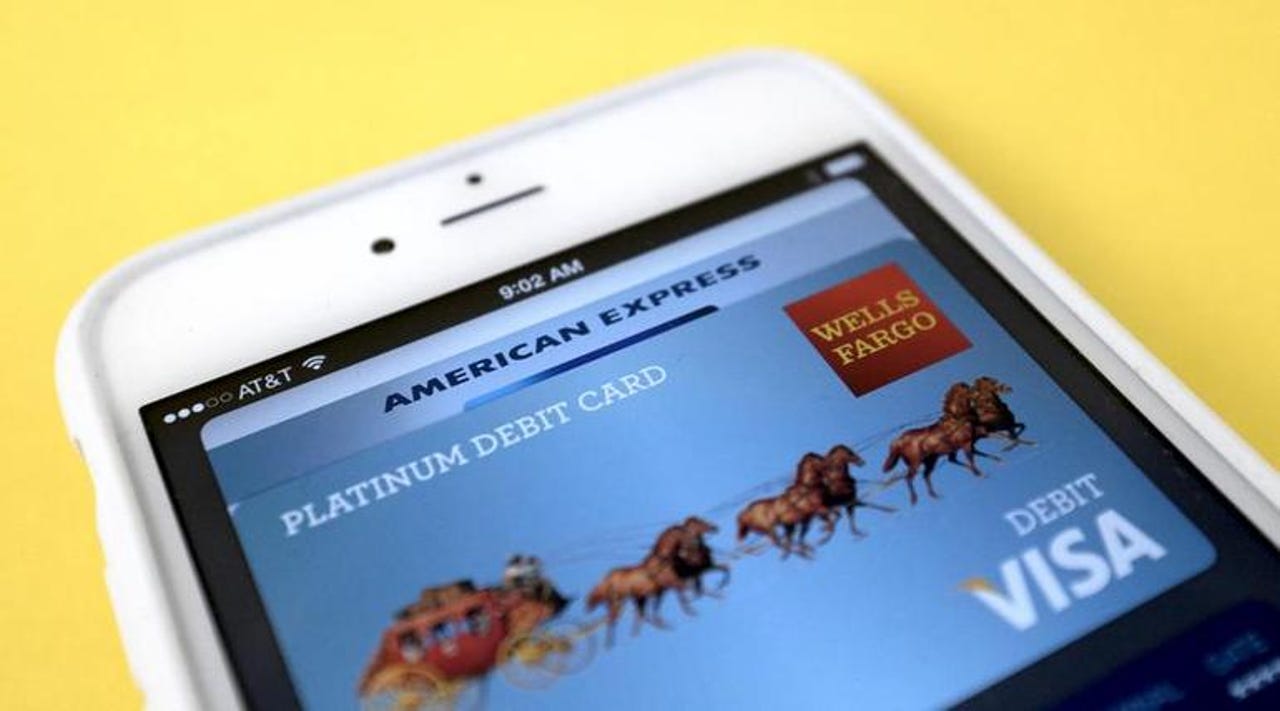How Apple's services business stacks up against subscription-based rivals


Apple said it had 165 million subscriptions as of its fiscal second quarter and $7.04 billion in revenue. Simply put, Apple services -- App Store, Apple Care, Apple Pay, and digital content -- are on an annual run rate approaching $30 billion and on par with a cable giant like Comcast.
When you start comparing Apple's services business to stalwart subscription operations like Comcast, it is a bit jarring. But it's hard to overlook the obvious: Apple has been talking up services as it monetizes the customer base. Services today take a back seat to iPhone volume and shipments as well as the anticipation for the next big product category (it's not likely to be the Apple Watch).
Read also: Tim Cook: iPhone rumors are dampening sales | Just how bad were those iPhone sales? | Apple misses on iPhone sales in Q2
At some point -- probably within the next year -- our view of Apple is likely to change. The profit margins on services and recurring revenue will be too hard to overlook. And should Apple buy a company like Netflix, its services revenue would soar. CEO Tim Cook noted on Tuesday's second quarter conference call:
For the second quarter in a row, our Services revenue topped $7 billion, and it's well on the way to being the size of a Fortune 100 company.
Indeed, App Store revenue was up 40 percent from a year ago. Apple Music and iCloud storage had double-digit revenue growth and Apple Pay transaction volume was up 450 percent. The unique user count is a bit tricky since one person can have multiple subscriptions, but the numbers are large. How large? Consider the following:
- Apple's annual run rate for services is more than $28 billion.
- Comcast's cable subscription revenue in the first quarter minus advertising and other was $11.7 billion. Call it $46.8 billion in annual revenue.
- Netflix 2017 revenue is expected to be $11.26 billion. In 2018, Netflix revenue is expected to hit $13.5 billion, according to Wall Street analysts.
- Amazon's retail subscription services -- Prime, audiobook, e-book, video and music -- had first quarter revenue of $1.94 billion. We'll round it up and call it $8 billion in annual revenue. AWS revenue was $3.66 billion. We'll round that sum up and call annual revenue $12 billion. Amazon's retail subscriptions are likely the most direct comparison to Apple's model.
- Microsoft's commercial cloud revenue -- dominated by Office 365 subscriptions -- is on a $15.2 billion annual run rate.
- Salesforce's fiscal 2018 revenue (ending January 30) is projected to be $10.2 billion.
In other words, Apple's services business is comparable to (or larger than) a number of other subscription businesses with the exception of wireless. Verizon's service revenue and other category had 2016 revenue of $108.5 billion. Give Apple some time though.
Not surprisingly, analysts are salivating over the margins with services.
Here's Macquarie's model:
And Stifel's model:
Either way the story is the same. Apple's future is in services. All Apple has to do is keep hardware fresh, use its ecosystem lock-in and deliver services and it'll be a cash cow for the foreseeable future.
More on Apple: